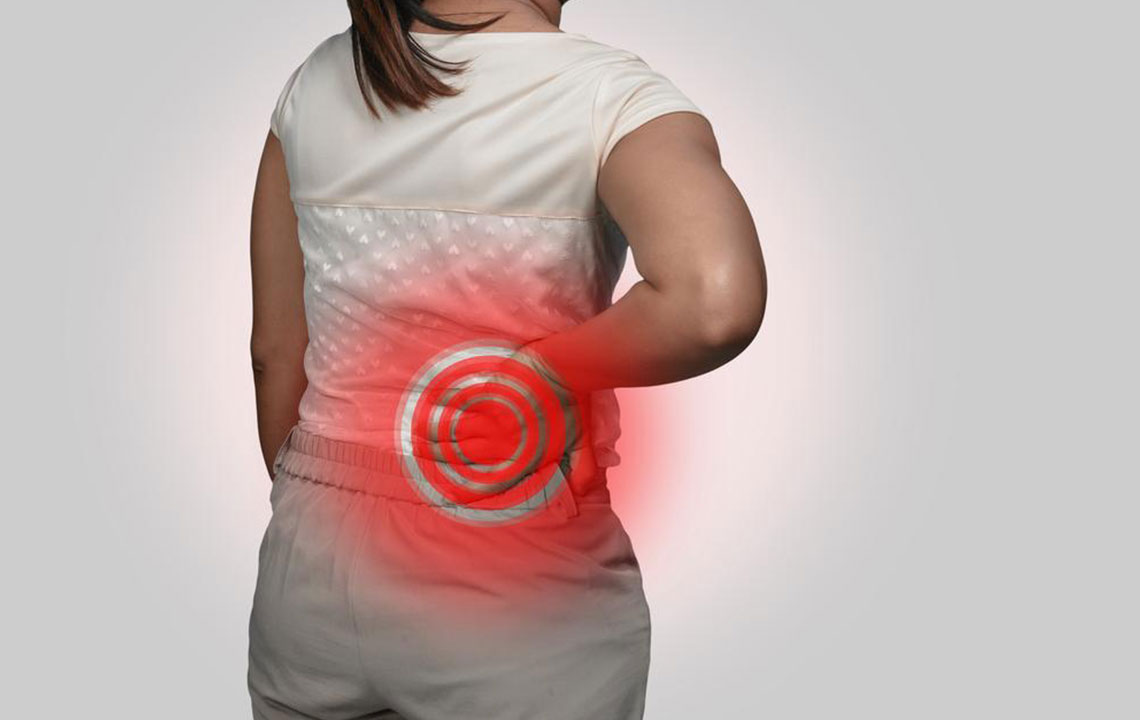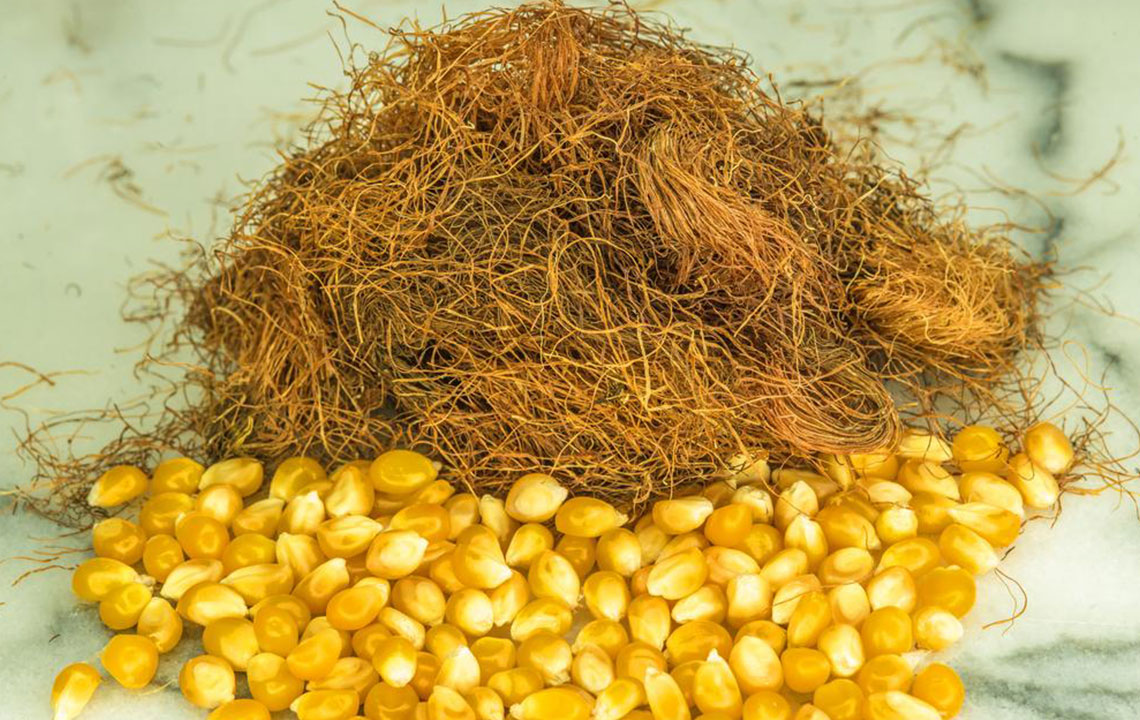Comprehensive Guide to Kidney Cysts: Symptoms, Causes, and Effective Treatment Approaches
This comprehensive article explores kidney cysts, detailing their types, symptoms, causes, prevention, and treatment options. It aims to educate readers on early detection and management strategies, emphasizing the importance of medical intervention for larger or symptomatic cysts. With insights into genetics, lifestyle factors, and surgical options, this guide serves as an essential resource for maintaining kidney health and preventing complications.

Comprehensive Guide to Kidney Cysts: Symptoms, Causes, and Effective Treatment Approaches
Kidney cysts are fluid-filled sacs that form within or on the surface of the kidneys, organs responsible for filtering waste products from the blood and regulating bodily fluids. While these cysts are often benign, their presence can sometimes lead to health complications, especially if they grow large or become infected. Understanding the nature of kidney cysts, their underlying causes, symptoms, and the available management strategies is essential for timely diagnosis and effective treatment. This comprehensive guide aims to shed light on kidney cysts, offering valuable insights for patients and healthcare providers alike.
Understanding Kidney Cysts: Types and Characteristics
Kidney cysts can be broadly classified into simple cysts and complex cystic conditions such as polycystic kidney disease (PKD). The majority of kidney cysts are simple and benign, characterized by thin walls, clear fluid content, and no significant impact on kidney function. These cysts are often discovered incidentally during imaging studies for unrelated issues, as they rarely cause symptoms or complications. In contrast, PKD involves the development of numerous cysts that can enlarge both kidneys significantly, impair renal function, and lead to chronic kidney disease or failure.
Simple kidney cysts typically present as small, asymptomatic growths that do not interfere with kidney health. However, when they increase in size or become infected, they may cause discomfort or other symptoms. PKD, which is inherited, manifests with numerous cysts that develop over time, often starting in early adulthood, and can lead to severe health consequences if not managed properly.
Signs and Symptoms of Kidney Cysts
While many kidney cysts are harmless and go unnoticed, certain symptoms may become apparent when cysts grow larger, rupture, or become infected. Recognizing these signs can facilitate early diagnosis and intervention:
Dark or discolored urine, which may indicate bleeding within the cyst or infection
Persistent abdominal or flank pain, often localized to one side
Swelling or palpable lumps in the abdominal region
Fever and chills, usually suggestive of infection
Back pain, particularly around the kidney area
Discomfort between the ribs and pelvis
Frequent urination or an increased urge to urinate
Hematuria, or blood in the urine, which can be detected on urinalysis
General feelings of fatigue and weakness
Nausea and vomiting associated with cyst infection or enlargement
Dizziness or lightheadedness, potentially related to blood loss or kidney impairment
Early detection of these symptoms is vital. If you experience persistent flank pain, blood in your urine, or unexplained abdominal swelling, consult a healthcare provider promptly for evaluation.
Underlying Causes and Risk Factors
Numerous factors contribute to the formation of kidney cysts. The most common causes include genetic predispositions, congenital abnormalities, and environmental influences. Understanding these factors can help in managing and potentially preventing cyst development.
Genetic factors play a significant role, especially in conditions like autosomal dominant polycystic kidney disease (ADPKD), which accounts for a large percentage of inherited cyst cases. This disorder is inherited in an autosomal dominant pattern, meaning only one copy of the defective gene is sufficient to cause the disease. Individuals with a family history of PKD are at higher risk of developing cysts at an earlier stage.
Congenital malformations, such as renal artery narrowing, ureteral obstructions, or developmental anomalies, can predispose individuals to cyst formation. Studies estimate that approximately 1 in 700 newborns are born with congenital kidney cysts, often discovered during prenatal ultrasounds or early childhood assessments. Some cysts may be asymptomatic and remain stable throughout life, while others progress and cause complications.
Environmental and lifestyle factors also influence cyst development. Trauma to the kidneys from injury can damage renal tissue, encouraging cyst formation. Conditions such as diabetes, high blood pressure, and hormonal shifts during pregnancy or menopause may indirectly promote cyst growth by affecting kidney health. Excess water retention, elevated uric acid levels, and metabolic disorders have also been linked to increased risk.
Most kidney cysts are benign and do not pose significant health threats. They range in size from tiny microscopic sacs to several centimeters wide. In some cases, cysts may spontaneously resolve or diminish over time. However, larger or infected cysts often require medical intervention, including surgical removal or other minimally invasive techniques.
Preventive Measures to Reduce Risk
Although not all kidney cysts can be prevented, certain habits and lifestyle choices can minimize the risk:
Ensure proper hydration by drinking at least eight glasses of water daily to support kidney function.
Maintain a balanced diet rich in fruits, vegetables, and low in sodium to reduce strain on renal tissues.
Engage in regular physical activity to promote overall health and improve kidney filtration efficiency.
Schedule routine medical checkups and kidney function assessments, especially if you have a family history of kidney disease.
Avoid injuries to the back and flank area by practicing safety measures during physical activities.
Control underlying conditions like hypertension and diabetes through proper medication and lifestyle adjustments.
By adopting these preventive strategies, you can lower the likelihood of developing problematic kidney cysts or detect them early for timely treatment.
Understanding Kidney Cysts: An In-depth Look
Kidney cysts are sac-like structures that develop within the kidneys filled with fluid. They can be classified based on their appearance, growth pattern, and underlying cause. The most common form, simple cysts, are usually noncancerous and pose minimal health risks. Conversely, complex cysts, especially those associated with polycystic kidney disease, can significantly impact renal function and overall health.
While many cysts are incidental findings, their potential to cause ailments like urinary tract infections, pain, and bleeding makes their management crucial. In most cases, cysts can be monitored effectively, and intervention is reserved for symptomatic or enlarging cysts that threaten kidney integrity.
Managing and Treating Kidney Cysts Effectively
When symptoms arise or cysts enlarge, medical intervention is necessary. Treatment options vary based on cyst size, location, symptoms, and whether the cyst is simple or complex. Early diagnosis is essential to prevent complications and preserve kidney function.
Common treatment methods include:
Nephrectomy: Complete removal of the affected kidney, usually reserved for large, symptomatic, or problematic cysts that cannot be managed conservatively. This surgical procedure ensures definitive treatment but involves significant recovery time.
Transurethral Resection (TURP): A minimally invasive technique that targets cyst removal via urethral access, reducing operative trauma and recovery period.
Robotic-Assisted Laparoscopic Nephrectomy: Utilizes robotic systems for precise and minimally invasive removal, suitable for complex or multiple cysts.
Drainage and Sclerotherapy: For cysts causing symptoms, drainage through a needle with subsequent sclerosis can shrink the cyst and alleviate discomfort.
Observation and Monitoring: Asymptomatic, small cysts identified incidentally may only require regular imaging to monitor for changes.
-> Identifying the right intervention involves collaboration between the patient and healthcare team, considering the cyst’s characteristics and overall health status.
Tips for Home Care and Lifestyle Adjustments
Effective management after treatment and general prevention include:
Seeking immediate medical attention if you notice symptoms such as persistent flank pain, blood in the urine, or fever.
Adhering to prescribed medications and postoperative care instructions.
Maintaining hydration and a balanced diet to support kidney health.
Engaging in safe physical activity to prevent injury and promote overall wellness.
Undergoing regular follow-up imaging and consultations to detect any recurrence or new cyst formation.





